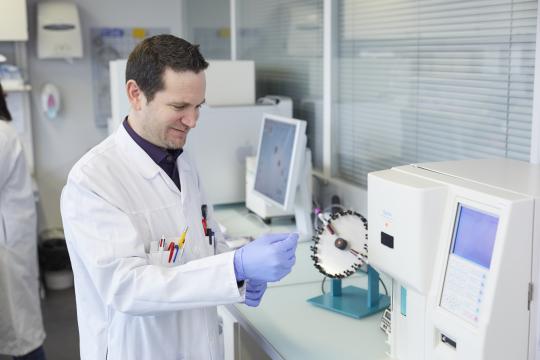Publications & Teaching
Publications
New insights resulting from the examination of patient and donor samples are published on a regular basis.
View publications
Our physicians and scientists are also involved in numerous teaching activities at universities.
CAS Thérapies innovantes biologiques et cellulaires – CHUV
CRISP
Transfusion Transmitted Infection Prevention – Institute for Infectious Diseases
